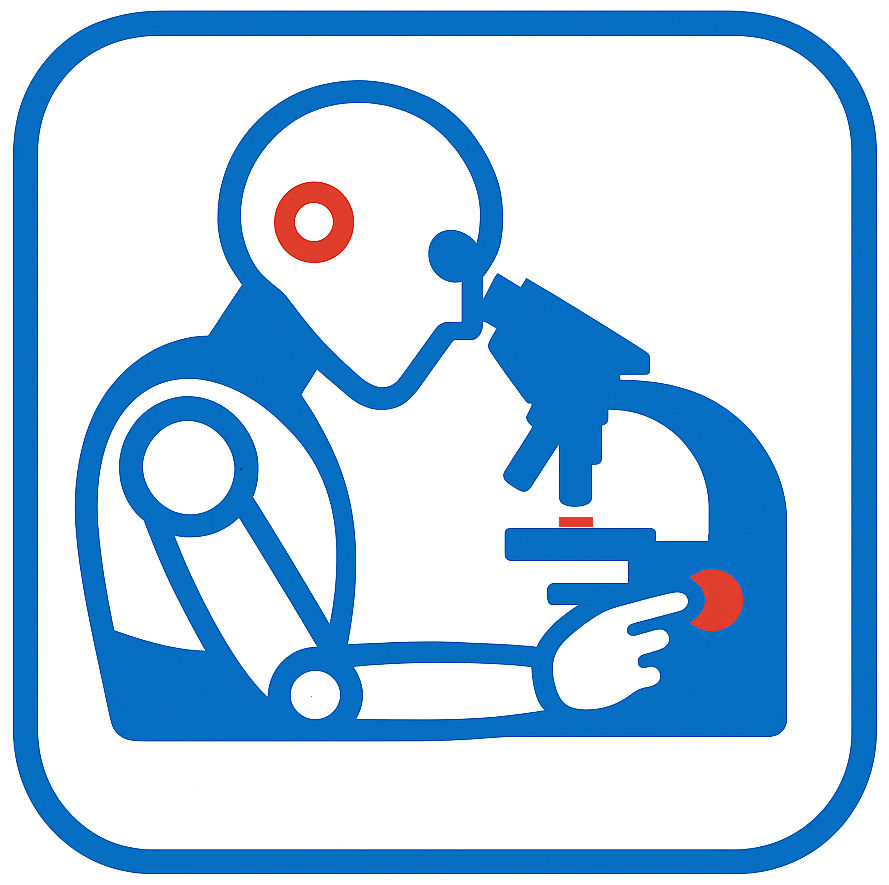
Welcome back to our monthly series: What’s Trending in AI-Assisted Health. Here are five fresh developments to know for October 2025 — spanning post-viral diagnostics, drug discovery, always-on wearables, clinical pilots, and governance.
NIH- and university-led teams applied large models to immune and metabolomic data and reported signatures that distinguish post-acute COVID conditions from matched controls. Early, but promising for future diagnostics and trial stratification. (NIH, Nature Medicine)
Model-based pipelines from leading labs prioritized existing compounds for rare neuromuscular and metabolic disorders; several candidates progressed to preclinical testing this fall — a faster road from in silico to in vivo. (DeepMind, Lancet Digital Health)
Smart rings and skin patches now estimate glucose, cortisol, and hydration trends via optical sensing and on-device AI, nudging personal health from episodic checks to preventive, 24/7 analytics. (IEEE Spectrum, MedTech Dive)
Hospitals piloting EMR-integrated models (e.g., MedLM with Epic) report time-savings on chart summaries, after-visit plans, and guideline prompts — with clinicians firmly in the loop. (Google Health, Epic Newsroom)
WHO issued principles for safe, equitable deployment of genAI in care and public health: robust evaluation, bias measurement, human oversight, and post-market monitoring. (WHO, Reuters Health)
Bottom line: AI in health is moving from hype to hard problems — persistent conditions, neglected diseases, real-world workflows, and governance. The throughline: evaluation and oversight.
⬐ Understand Your Lab Results in Seconds ⬎